








- TOP
- Traditional Handicrafts
Kumamoto City is home to wonderful handicrafts that bring history to the present, including Higo zogan (gold inlay), which is a nationally designated traditional handicraft, as well as obake no kinta puppets, Kawashiri blades, Higo temari balls, and Higo mari balls. These traditional crafts, which are beloved parts of life here, have been nurtured as a culture of beauty over their long history, and the warmth of these handmade products enriches people's lives.We will now introduce some of Kumamoto City's crafts.
Picture: the Kumamoto City Handicrafts Promotion Center’s private collection
-
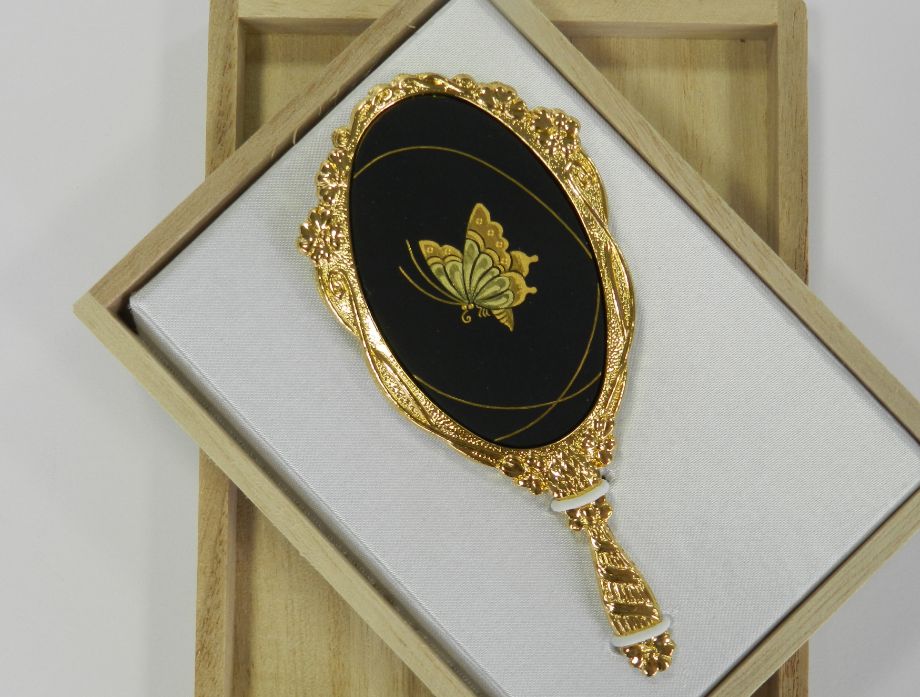
Higo Zogan Gold Inlay
The tradition of creating Higo zogan is said to have started when the gunsmith who served the Higo feudal lord in the early Edo period began inlaying gold and silver into the iron of gun barrels and sword guards to create various patterns. Nowadays, craftsman mainly use the nunome zogan technique to create decorative items, such as pendants and necktie pins, characterized by their hefty weight and the beauty of the iron base. (It is a Nationally Designated Traditional Craft.)
-
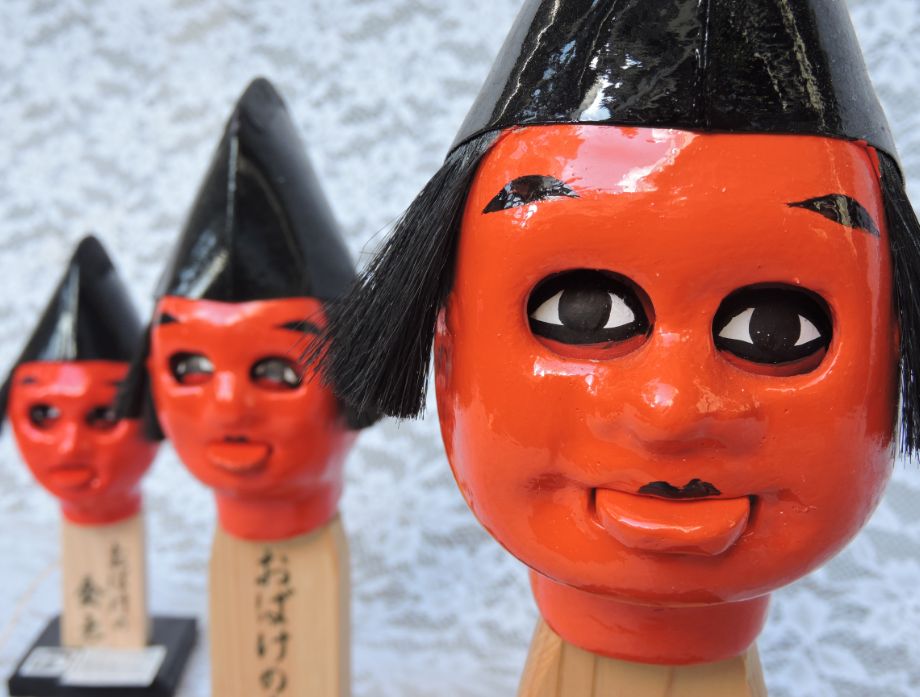
Obake no Kinta Puppets
When the daimyo Kato Kiyomasa built Kumamoto Castle (around 1600), he had a foot soldier named Kinta who made people laugh with his comical behavior, and for this reason he was called odoke no Kinta (funny Kinta). During the Kaei era (1848-1854), the puppeteer Nishijinya Hikohichi created a karakuri doll based on this legend, which was later called obake no Kinta (ghostly Kinta) or me-kuridashi doll (spinning eyes doll). It is a popular local toy with a crimson face, and when one pulls the string, the tongue sticks out and the eyeballs turn over, surprising everyone.
-
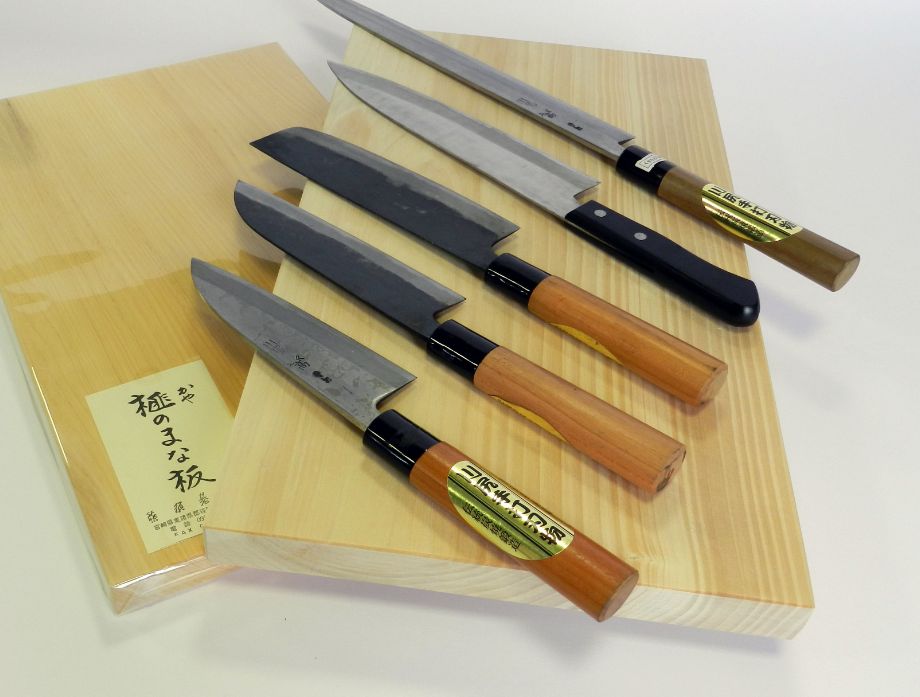
Kawashiri Blades
The tradition of Kawashiri blades is said to have been started by Naminohira Yukiyasu, a swordsmith from Satsuma (present-day Kagoshima Prefecture), during the Onin era (1467-1469) of the Muromachi period. The technique used to make these blades is called interrupt forging, which is when hard steel is sandwiched between pieces of soft steel and forged by hand, and it is still maintained to this day. Kawashiri blades are characterized by their sharpness, durability, and profound beauty.
-
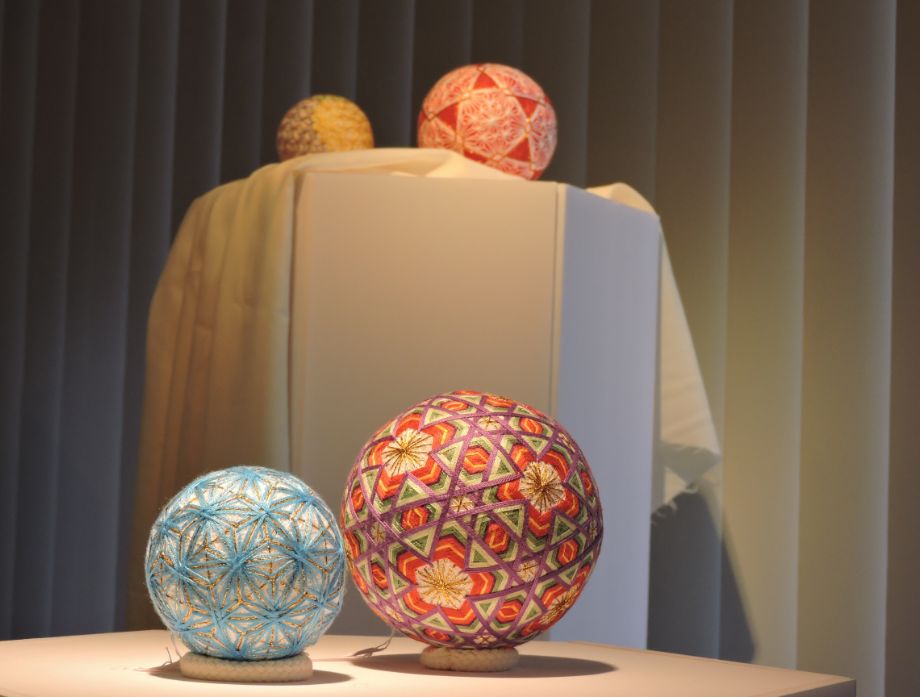
Higo Temari Balls
A dry sponge is used for the core, and French embroidery threads are wound around it to create intricate patterns. It is said that Higo temari were the inspiration behind the song “Anata ga Takodokosa.” The craft was started in the Edo period (1603-1867) by women working in the castle but quickly caught the attention of castle towns around the country, and the tradition has been passed down from generation to generation in the Higo domain ever since. Today, the Higo Temari Club continues to ensure the succession of this technique.
-
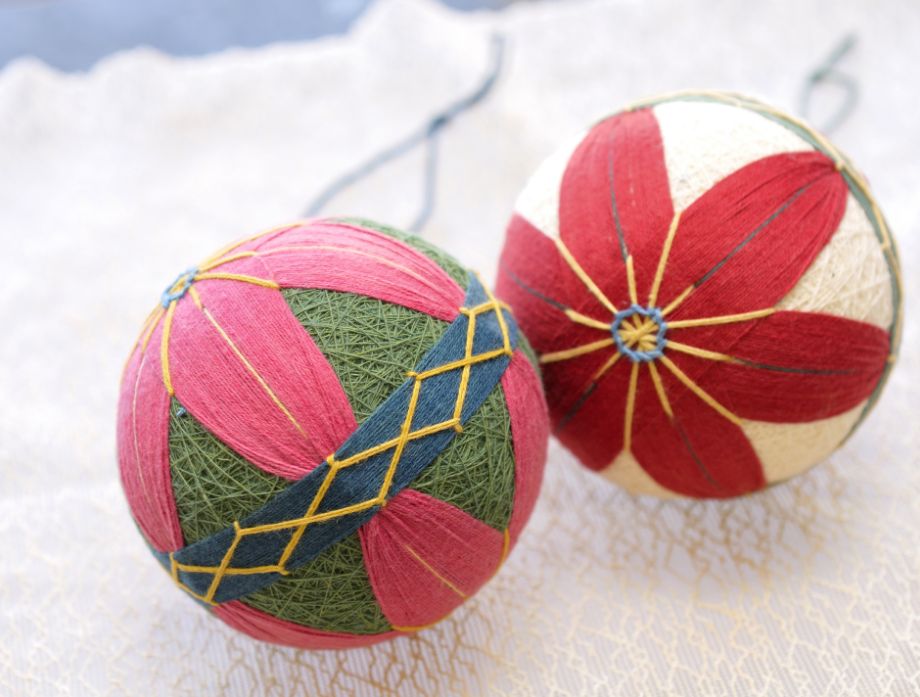
Higo Mari Balls
Balls of cotton threads dyed with natural vegetable dyes wound around aw fir bark core that are hand-crafted into 13 traditional patterns, including a pattern resembling morning glories. When cotton became more accessible to the general public in the mid-Edo period (1603-1867), Higo mari began being actively produced in major castle towns throughout Japan. Higo mari are used as New Year's toys and decorations for the Hinamatsuri Festival (also known as Girl’s Day), and the crafting technique is still being preserved by the Higo Mari Association at the Kumamoto International Folk Craft Museum.
-
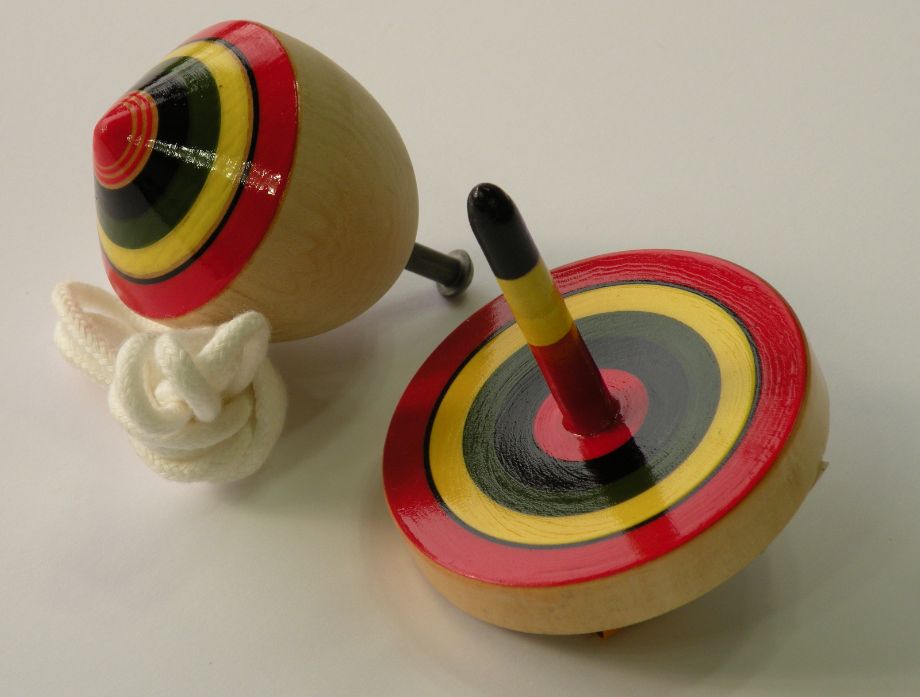
Higo Koma Spinning Tops
Higo koma spinning tops have been popular as children's toys, good luck charms, and souvenirs since the Meiji era (1868-1912). There are thirteen different types of koma, the most widely known being the tombo, chonkake, and daruma varieties. Among the Higo koma spinning tops that were first made around the Edo period, the chonkake spinning top’s game is especially unique. This game consists of lifting the chonkake koma high into the air and then spinning it, and the tradition is closely protected by the Higo Chonkake Koma Preservation Society. Each of the five colors of the Higo koma represent an organ of the body: red (heart), yellow (liver), green (kidneys), black (pancreas), and colorless (lungs). This pattern symbolizes a wish for health and longevity.
-
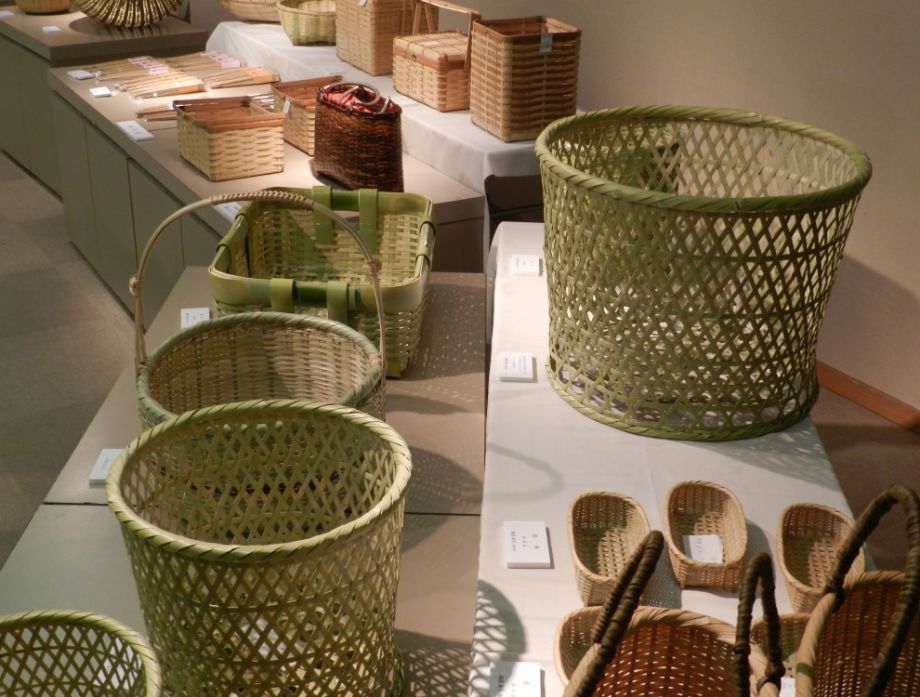
Bamboo Woodworking
Bamboo has been of great use to people for its flexibility and resistance to breakage. The Kumamoto region is a source of high-quality bamboo, and numerous bamboo crafts are made here. From home interior to farming and fishing tools, from chopsticks to rice ladles, from musical instruments to sports equipment, bamboo is an integral part of people's everyday lives. Woven bamboo products alone include items used in farming and fishing (known as araomono), indoor and outdoor lighting, baskets, and colanders. Each of these woven bamboo items is made using one of the more than 20 different types of weaving techniques, such as goza-mesh, amishiro, yotsu-mesh, and rokutsume-mesh.
There are many other places besides those listed here where you can deeply immerse yourself in the history and culture of Kumamoto.
Use the link below to jump to the Sightseeing Search Page, where you can try out a keyword search!


